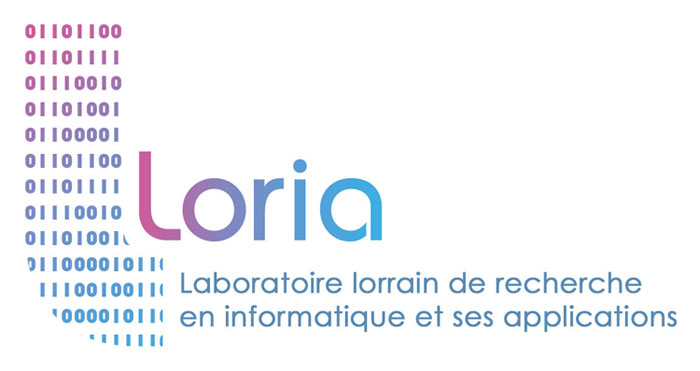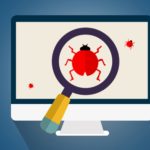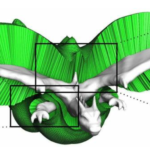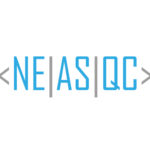

Next Colloquium Loria will take place on Thursday, 28 October at 1:30 pm in the Amphitheater.
We are delighted to welcome Jaco van de Pol, Professor of Computer Science in Aarhus University, with a talk entitled “Explainable Verification of Safety and Security of Software Systems”.

A LORIA’s research team has been rewarded in a “bug bounty” program launched by Swiss Post for the scrutiny of its electronic voting protocol.

“A major breakthrough that provides spectacular results”: This is how Dmitry Sokolov, a researcher at LORIA and head of the Pixel team, describes the results he is about to present to scientists, engineers, industrialists, programmers, or professionals cinema and video games gathered at SIGGRAPH (Special interest group on computer graphics and interactive techniques), the world’s largest conference on computer graphics.

The NEASQC (Next ApplicationS of Quantum Computing) project led by Atos is made up of 12 multidisciplinary industrial and academic partners from 8 different European countries. The project works on exploring and developing quantum computing applications with NISQ (Noisy Intermediate Scale Quantum) technologies which will be available in the near future.
At the heart of this global race involving both public laboratories and private multinationals, the quantum computer, envisaged in the early 1980s by Richard Feynman, winner of the 1965 Nobel Prize in Physics, sparked a true revolution. However, amid promises and sensational announcements, it is difficult to know where this technology really stands, and what its actual applications will be. Unlike a classical computer and similar devices such as smartphones, a quantum system does not use binary bits, namely the two values of one and zero. It is based on qubits, which thanks to the unique properties of quantum objects, display an increasing number of different states with the addition of new units. Each extra qubit doubles computing power. However, this firepower is not adapted to all situations.
